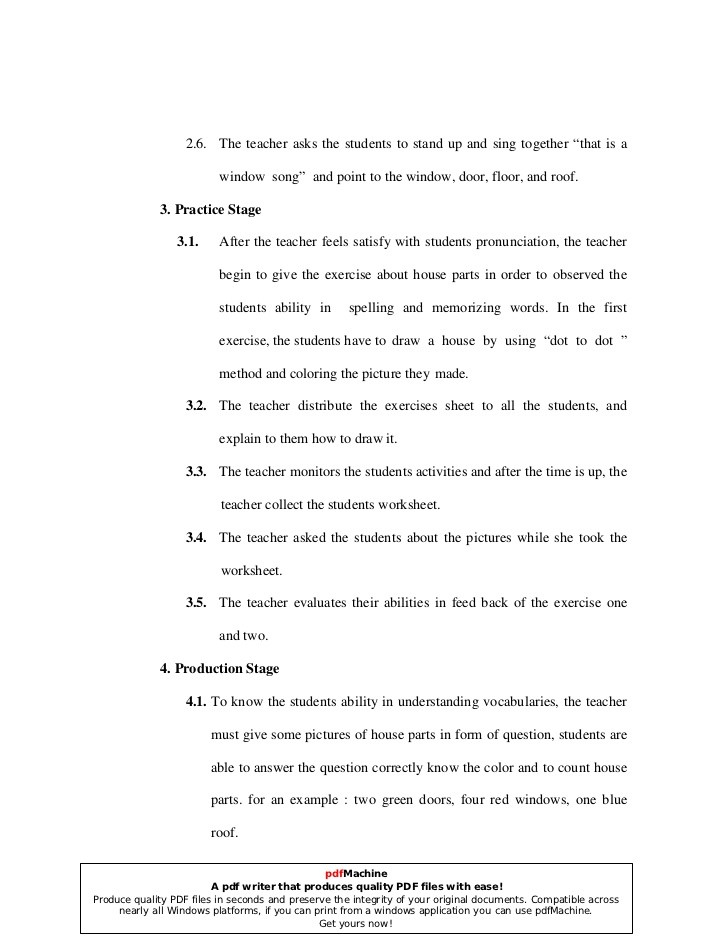The Seven Phases of M A BONEZONE journal
Post on: 8 Август, 2015 No Comment

CEOs looking to sell their companies within the next 12 to 18 months should be mindful of how strategic buyers manage deals, including each of the steps in a typical buy-side transaction lifecycle. The CEO who understands and prepares for the process can potentially speed the completion of a buyer’s due diligence, increase the certainty of a close, optimize the price by minimizing risks and maximizing value and sell the business when and to whom they prefer—with greater confidence and less frustration.
This article highlights the typical process of buying a company, with specific context for buyers and sellers who may be new to the process or are interested in picking up a few tips.
The Buyer’s Perspective
For a prospective acquirer, the success of a typical M&A transaction is a direct result of the buyer’s expertise in identifying, analyzing, and executing the deal—and then integrating the new company post-close. Many experienced acquirers in the orthopaedic industry have developed a disciplined and repeatable M&A process, one that they consistently rely upon to identify, negotiate and conclude deals.
The M&A transaction process utilized by large and mid-size medtech companies typically comprises the following seven phases:
Phase I: Develop a Strategy that Complements the Strategic Business Plan
Acquisition strategies derive from a company’s strategic business plan. Senior leaders at orthopaedic companies typically view M&A as a tactic to execute their strategy—not as the strategy itself. As a result, these companies usually have a clear and well-defined strategic business plan that may then be partly or fully enabled through organic growth, partnering, licensing or M&A.
If a company decides to enter a new area by adding products, services or manufacturing to an existing business via a transaction, an acquisition strategy—consistent with the strategic business plan—is developed and many of the following areas addressed:
- Establishing the core objectives
- Identifying target products and technologies
- Confirming geographical focus and market opportunity
- Identifying critical success factors
- Developing target selection criteria

However, even with a well-thought-out strategic business plan, many acquisition opportunities are presented to strategic buyers without warning and typically require quick evaluation. Senior managers and business development executives on the buy-side try to think strategically, but may frequently need to react opportunistically. Buyers simply can’t time when companies or assets will be offered for sale.
Phase II: Assess Options
Strategic buyers are constantly “casting-the-net” for potential opportunities. They utilize senior executives and business development, sales, R&D, technical personnel and industry consultants to identify value-added technologies, products and companies.
Acquirers utilize quantitative and qualitative data to “rank” opportunities based on market, technology and financial criteria. Frequent buyers are also increasingly using other tools to effectively manage the entire M&A process, including negotiations, due diligence, valuation, risk assessment and integration.
Many larger strategic buyers may consider between 50 to several hundred buy-side opportunities, annually. They may more critically examine about 25 percent of those opportunities and successfully conclude between four to 12 transactions per annum. Assessing a large volume of opportunities allows a potential buyer to understand the strategic possibilities that exist—and at what price points—and determine the value of each opportunity relative to the others. In addition, it forces senior management to bring discipline and speed to the screening process.
Phase III: Engage Targets
The third phase of the transaction process is the engaging of potential acquisition targets. A buyer’s primary objective is to pre-qualify an acquisition target as a potential strategic fit, and as being reasonably likely, willing and able to successfully conclude a transaction.
Initial discussions can take place in a variety of ways—through a structured process (usually involving an investment banker) or conversations among executives at an industry meeting, or simply a cold-call. Follow-up discussions (conference call, face-to-face meetings) usually involve a larger group of executives—and inevitably force an important question to be answered by the buying and selling companies— that is, is the potential for a deal sufficient to justify a further investment of resources? If yes, the process moves forward. If not, both companies may simply agree to remain in touch; opportunities are many times “resurrected” in the future.
Assuming the process moves forward, both parties will likely sign a non-disclosure (or confidentiality) agreement, get friendly, learn as much as they can about each other’s wants/needs and attempt to gain momentum around business possibilities.
Experienced acquirers will use the early negotiation period to foster a sense that both parties are working together in good faith to arrive at a mutually advantageous transaction. Building relationships—and “relationship capital”— early on is important, since it is usually needed in the later stages of the deal.
For the buyer, the biggest benefit in directly reaching out to the seller lies in discussing potential transaction opportunities without the seller necessarily being actively engaged in “shopping” the company. The opportunity may exist to acquire the target outside of a competitive bidding situation, which may partially mitigate the risk of overpaying for the business as well as being forced to keep pace with other potential buyers in a formal, managed sale process.














